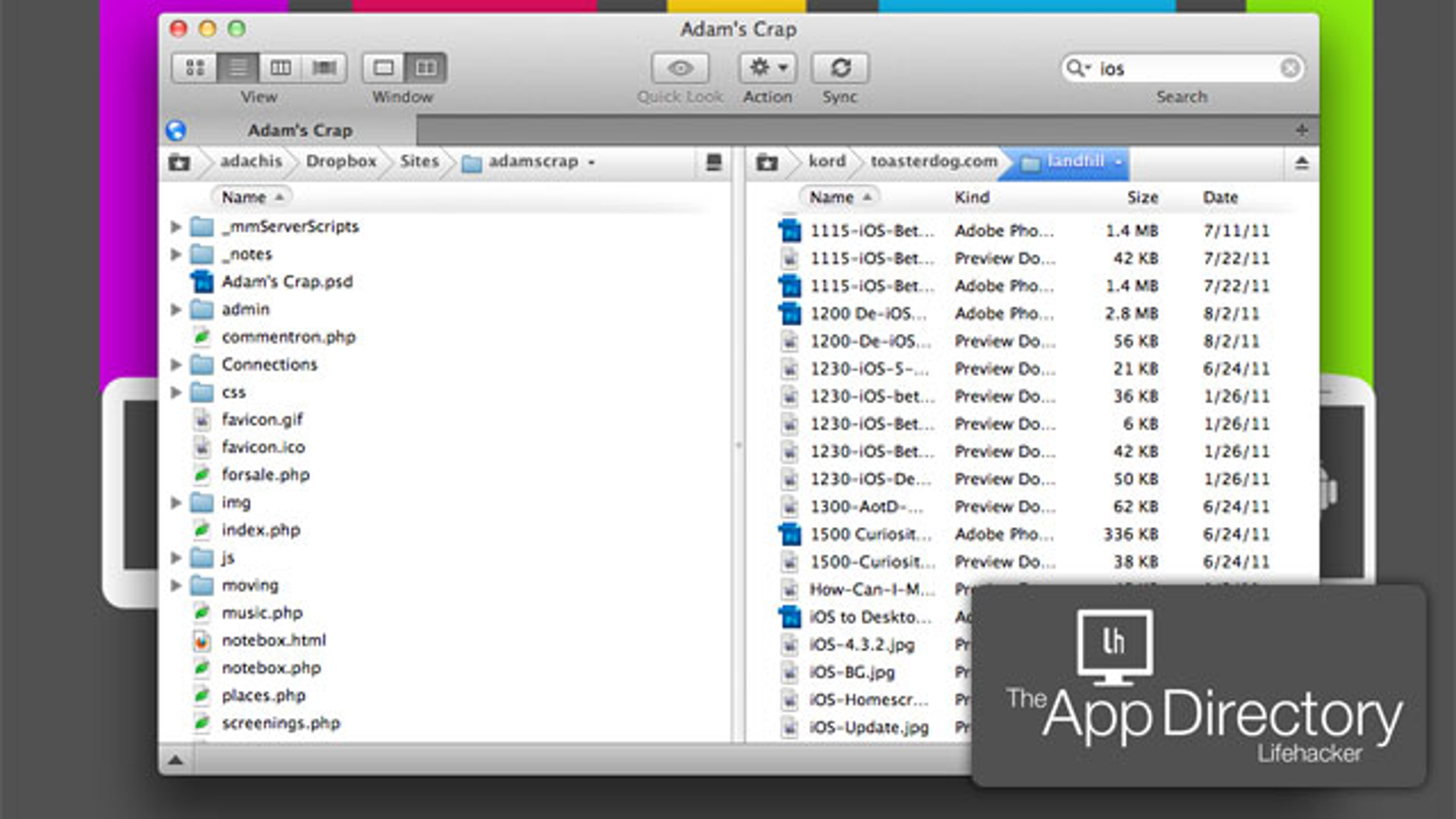

The American Airlines app for Mac lets users check in and choose their seats, see three-dimensional renderings of their seats powered by SceneKit, and even view traffic to the airport provided by Maps. With Jira for Mac, manage projects like a boss. Grouping and sorting is much faster using a keyboard and mouse or trackpad.Īnd importing boards from other users is even easier. Users can scroll through a huge library of furnishings use new editing, composition, curation, and organization tools and work alongside web browsers, notes, and email. Morpholio Board for Mac lets interior designers create their mood boards on a larger screen with much more detail.
#Fastest ftp for mac full
The Twitter for Mac app takes full advantage of the native Mac features like multiple windows, drag and drop, keyboard shortcuts, and more. And because they are built from their iOS versions, they provide a seamless experience across your devices.Įnjoy a broad range of Mac apps - from travel, entertainment, and gaming to banking, education, and project management. They take full advantage of the larger screen and powerful architecture of your Mac. They run natively alongside your existing Mac apps so you can drag and drop content between them. Experience your favorite iPad apps now on your Mac. Subscribe and be notified as soon as new episodes become available. Search for podcasts by title, topic, guest, host, content, and more.

More thanof the best entertainment, comedy, news, and sports shows are now available on your Mac with Apple Podcasts. You can even pick up where you left off on any screen, across all your devices. And rest assured everything you had in your iTunes library is still accessible in each app. And discover smart new features in the apps you use every day. Enjoy your favorite iPad apps now on your Mac. Lots of things to consider, and I'm sure the listing isn't even complete.Experience music, TV, and podcasts in three all-new Mac apps.
#Fastest ftp for mac full size
The same goes for sparse files, which might end up being bloated to full size at the other end of the copy, ruining all plans you may have had about sizing.do you have anything special to transport? Metadata, ressource forks, extended attributes, file permissions might either just not be transported by the protocol/tool of your choice, or be meaningless at the receiving end. are you copying between the same OS/FS combination or do you have to worry about incompatibilities, such as file types without matching equivalent at the receiving end?.It also helps to know which restrictions the early inventors of these protocols faced - was their aim to keep network impact low, were they memory-starved, or did they have to count their cpu-cycles? Here's a few things to consider or answer if you want to get an answer tailored to your situation: It does help to have an at least rudimentary understanding of the protocols in question and their communication, so I'd consider the articles you've been quoting a helpful resource. I'm afraid if you want to know the answer for your needs and setup, you either have to be more specific or do your own performance (and reliability) tests. All in all, I think that they are comparable, and the server implementation is much more important then the protocol. So, it seems that FTP is slightly faster in large files, and HTTP is a little faster in many small files. I got the following average results over multiple runs (numbers in seconds): |-+-+-|


I uploaded the following groups of files to each server: Python HTTP client ( inspired by this).Python HTTP server ( inspired by this).Network: 100Mb dedicated switch, both machines are connect to it.Hardware: 2 desktops Intel Core Duo CPU 2.33GHz, with 4G of RAM.


 0 kommentar(er)
0 kommentar(er)
